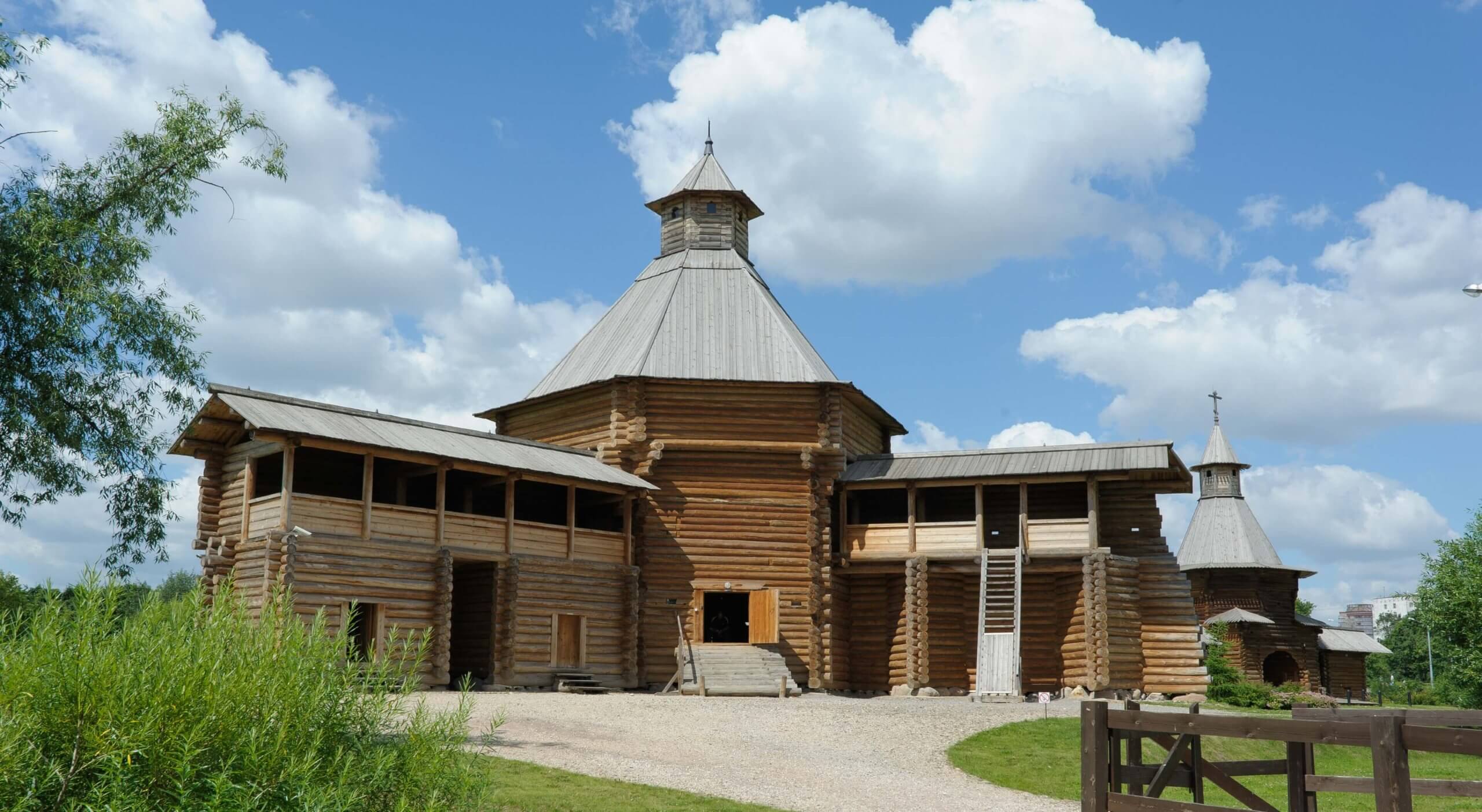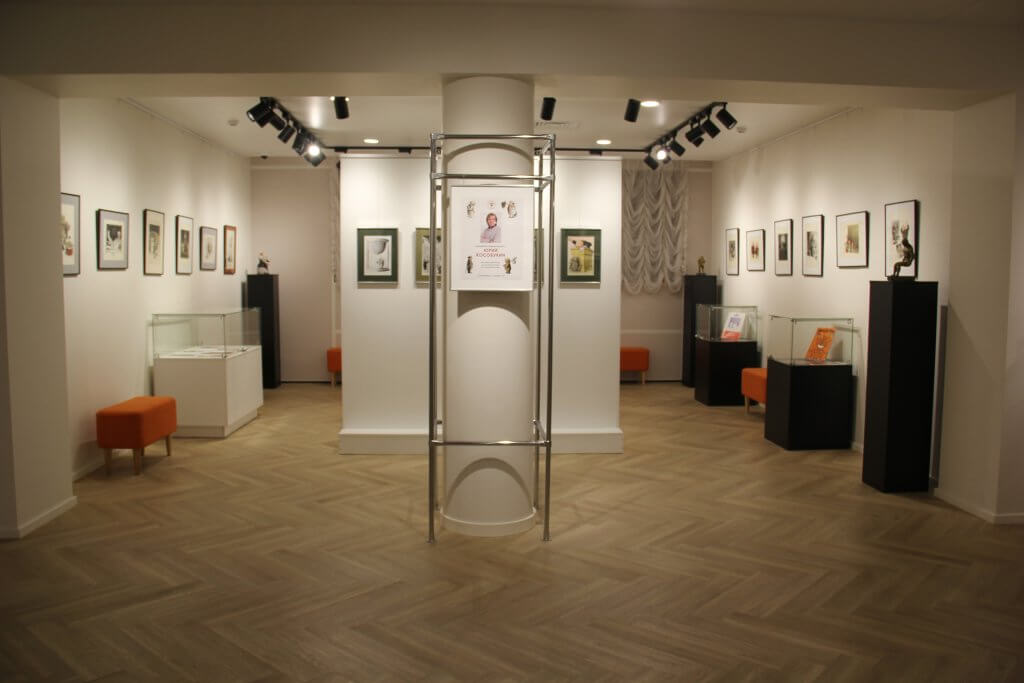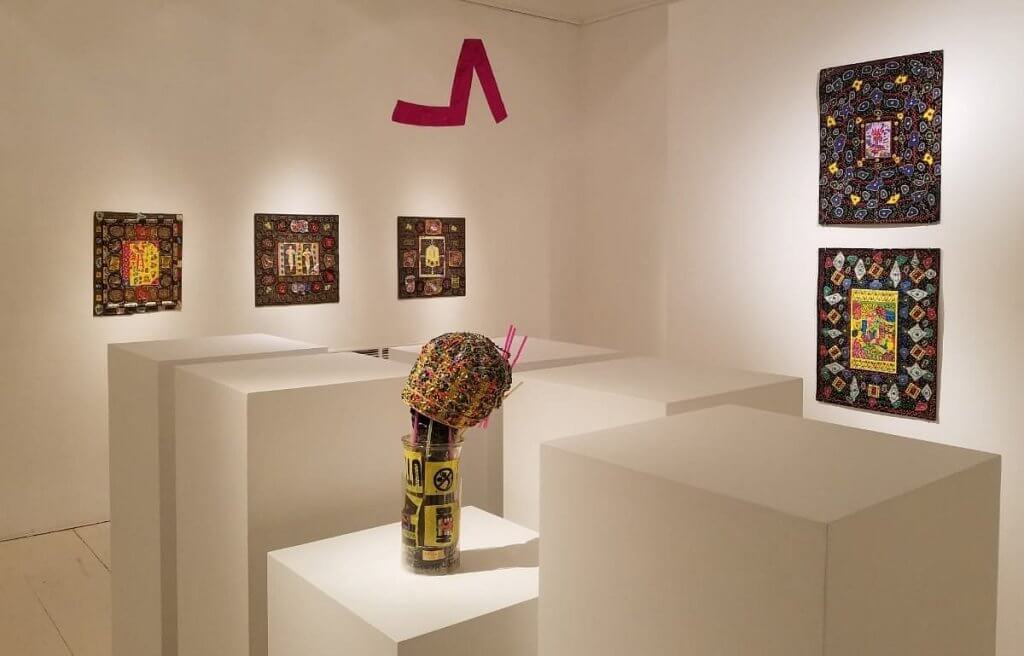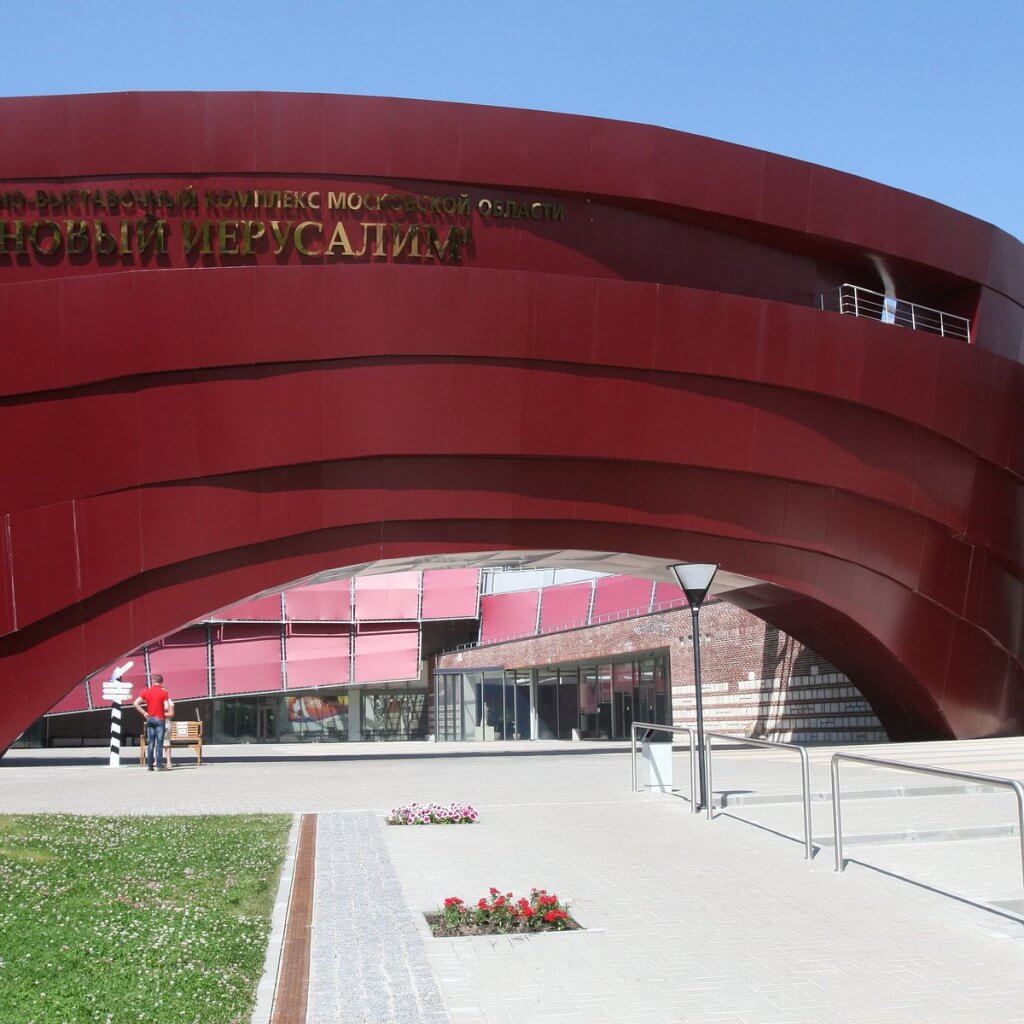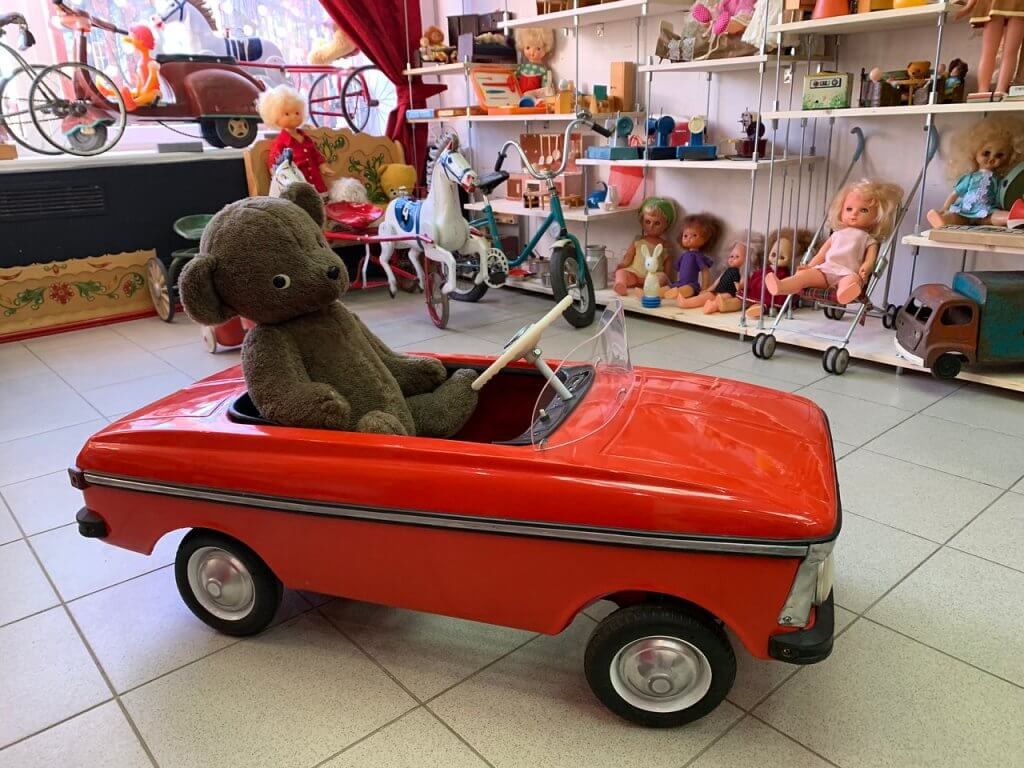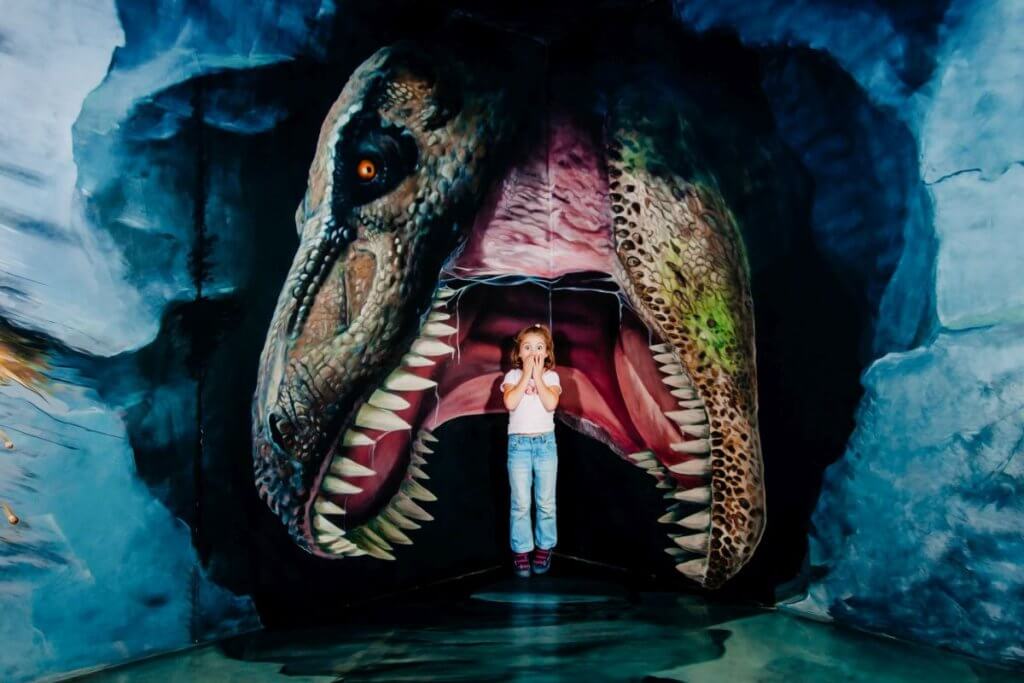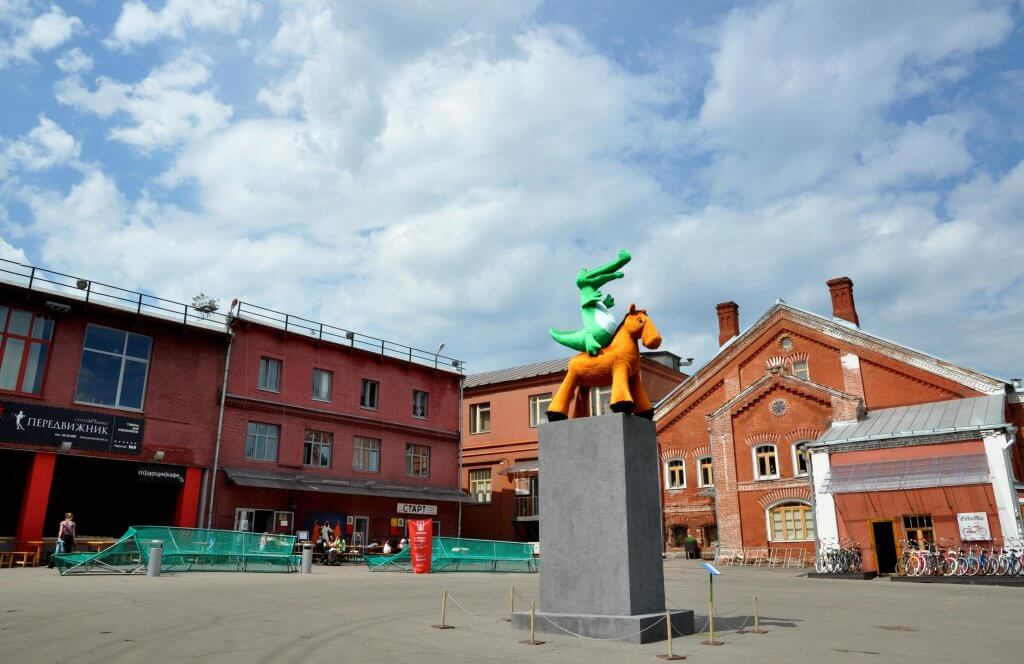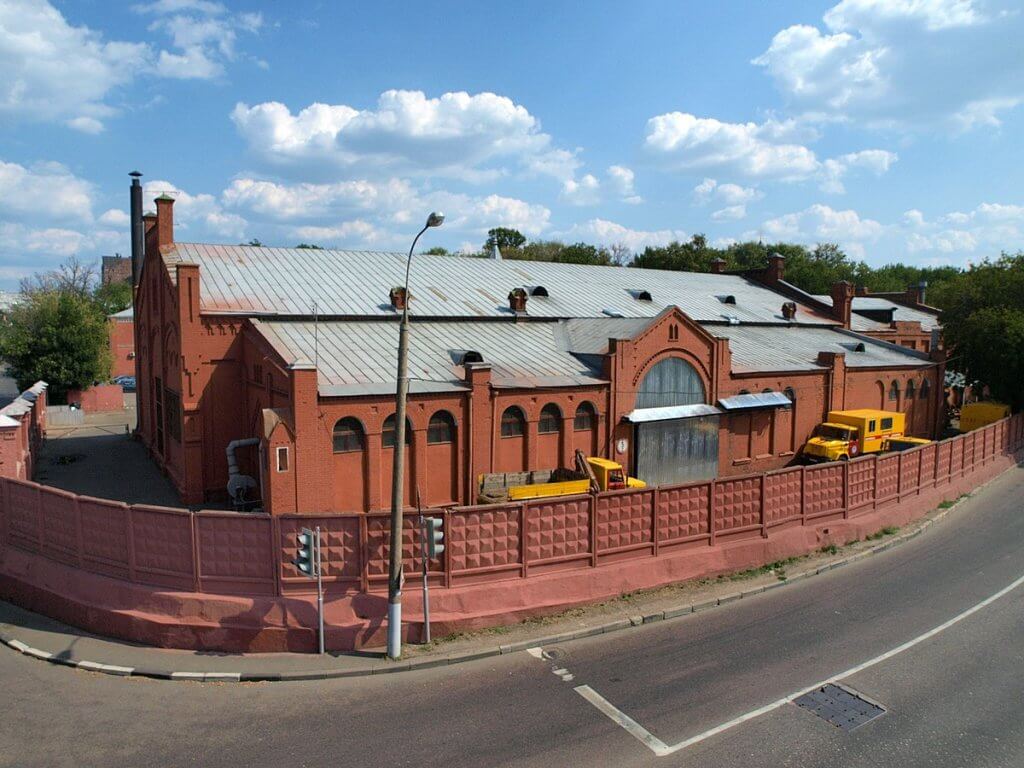The Museum of Wooden Architecture Moscow is an open-air museum located in Kolomenskoye Park. It brings together over 20 historic wooden structures, including cottages, barns, and chapels, transported from different regions of Russia. These buildings, some dating back to the 17th century, are preserved as examples of traditional craftsmanship and rural life.
The museum is not just a collection of old houses—it’s a living history book. Walking through its paths, you’ll feel as though you’ve stepped back in time to a Russian village centuries ago. The smell of aged wood, the intricate carvings on church domes, and the creaking floors of ancient cottages create an immersive experience.
Why Visit the Museum of Wooden Architecture Moscow?
- Cultural Heritage: This museum offers a rare glimpse into how ordinary Russians lived before urbanization took over.
- Architectural Marvels: Admire the skill of carpenters who built these structures without nails or modern tools.
- Seasonal Charm: Each season transforms the museum—snow-covered roofs in winter, blooming gardens in spring, and golden leaves in autumn.
- Interactive Fun: Workshops let visitors try their hand at traditional crafts like wood carving and weaving.
Key Exhibits to Explore
- Traditional Cottages:
- Houses from the 17th–19th centuries, each unique to its region. For example, northern Russian cottages feature steep roofs to shed snow, while southern designs are more open for ventilation.
- Interiors are furnished with period-specific items: large clay stoves, spinning wheels, and wooden utensils.
- Churches and Chapels:
- Wooden churches with iconic onion domes, hand-carved details, and vibrant paintwork.
- Learn about their role in village life—how they served as spiritual centers and gathering places for festivals.
- Windmills and Barns:
- Functional windmills used for grinding grain, showcasing how villages sustained themselves.
- Barns storing farming tools, sledges, and other equipment.
- Unique Structures:
- A bathhouse (banya ) where villagers would gather to bathe and socialize.
- A watchtower from a medieval settlement, offering panoramic views of the park.
Hidden Gems You Might Miss
- The Secret Room: In one cottage, there’s a hidden chamber under the floorboards where families stored valuables during raids.
- Sounds of the Village: Audio installations recreate daily sounds—chickens clucking, windmill blades turning, and children playing near the well.
- Artisan Corner: Watch demonstrations by local craftsmen who continue traditional woodcarving techniques.
Practical Information
- Location: Kolomenskoye Park (near [Kolomenskoye Estate]).
- Hours: 10:00 AM–6:00 PM (closed Mondays).
- Tickets:
- Adults: 400 RUB
- Kids: 200 RUB
- Free for families visiting the [Museum of Bread] on the same day.
- Accessibility: Some areas may be challenging for wheelchairs due to uneven terrain, but ramps are available near main exhibits.
How to Maximize Your Experience
- Combine with Nearby Attractions:
- Visit [Kolomenskoye Estate] to explore royal history and its stunning wooden palace.
- Pair your trip with the [Museum of Bread] to understand rural food traditions.
- Attend Workshops:
- Try traditional wood carving or weaving.
- Learn how to bake bread in a Russian oven during special events.
- Photography Tips:
- Early morning visits offer soft lighting for photos.
- Capture reflections of wooden churches in nearby ponds during spring and summer.
The Legacy of Wooden Architecture
Wood was the primary building material in Russia until the 18th century, when stone began to dominate urban construction. However, wooden architecture remained central to rural life, blending functionality with artistry:
- Historical Context:
- Wooden houses were designed to withstand harsh climates, from freezing winters to humid summers.
- Villagers relied on communal efforts to build and maintain structures, reflecting strong community bonds.
- Craftsmanship:
- Techniques like dovetail joints and decorative carvings were passed down through generations.
- Regional styles varied widely—northern houses emphasized insulation, while southern designs focused on ventilation.
- Symbolism:
- Many structures feature symbolic carvings, such as sun motifs for prosperity and birds for freedom.
Visitor Reviews
- “The windmill was stunning—it still works!” — Alex, tourist.
- “Perfect for families. My kids loved the workshops and running around the park.” — Maria, parent.
- “A peaceful escape from the city. Felt like I was transported to another era.” — Ivan, local resident.
Future Plans for the Museum
- Expansion in 2025: New exhibits focusing on Siberian wooden architecture.
- Collaborations: Joint projects with the [Museum of Decorative Arts] to showcase folk art inspired by rural traditions.
Conclusion
The Museum of Wooden Architecture Moscow is more than a museum—it’s a tribute to Russia’s rural soul. From cozy cottages to towering churches, it captures the essence of traditional life, craftsmanship, and community spirit.
- Why It Stands Out:
- Unlike traditional indoor museums, this open-air space immerses visitors in nature and history simultaneously.
- The hands-on workshops and seasonal charm make every visit unique.
- Cultural Relevance:
- The museum highlights universal themes like sustainability, creativity, and resilience.
- It inspires appreciation for simpler times and the ingenuity of past generations.
- Why Return:
- Rotating workshops and events keep the experience fresh.
- Seasonal decorations and activities celebrate Russian holidays like Maslenitsa and Christmas.

